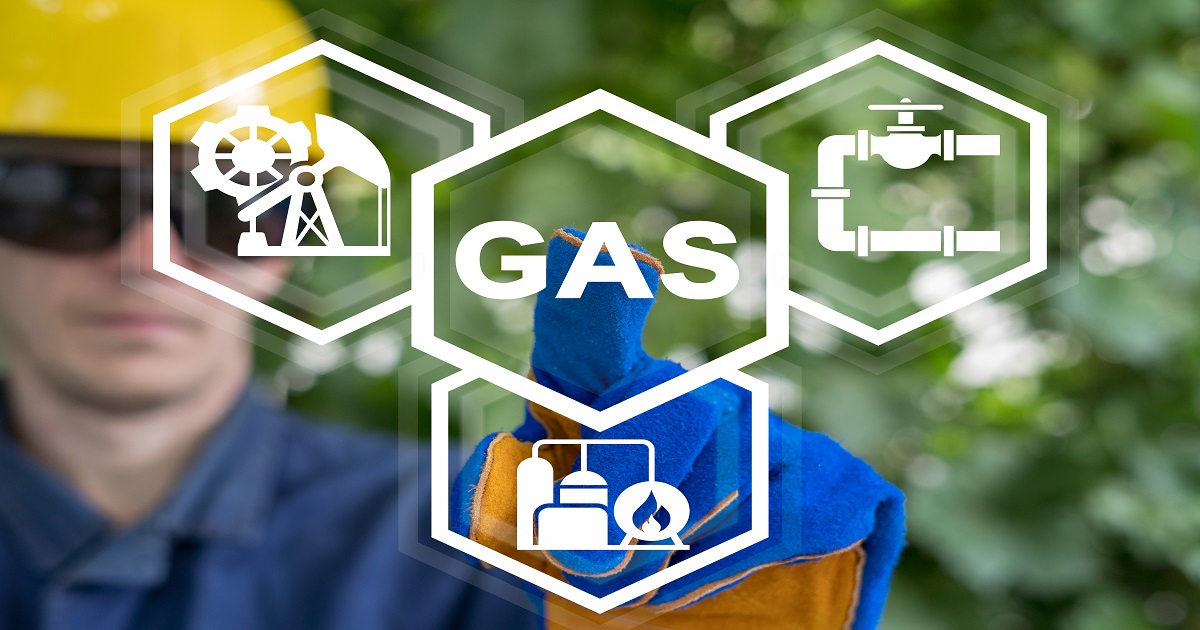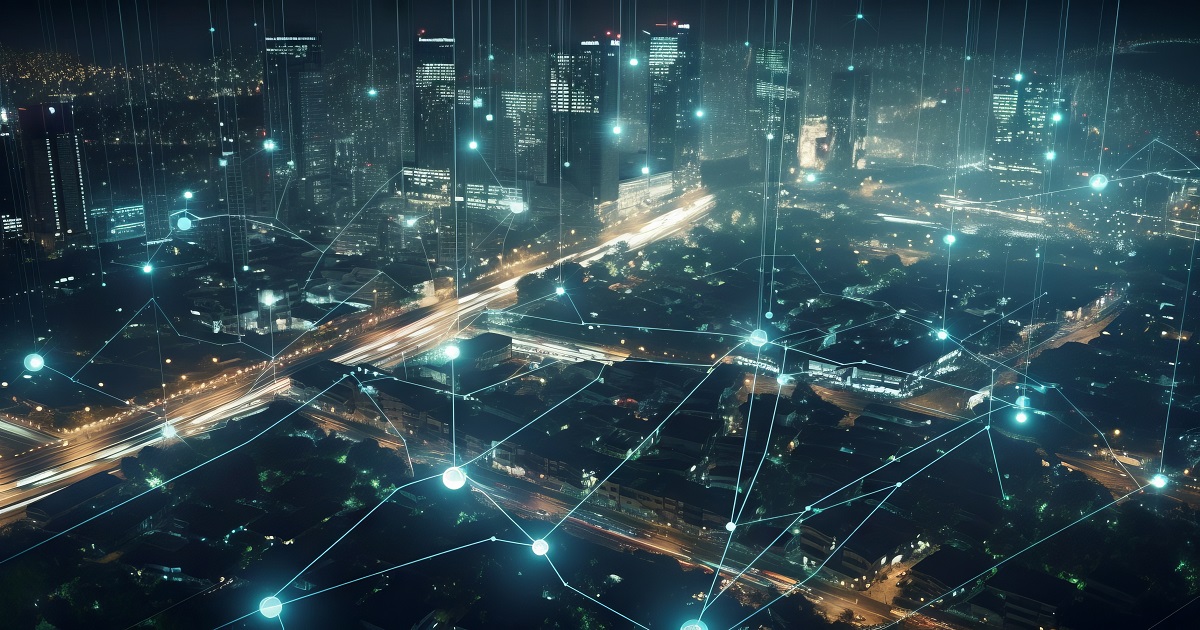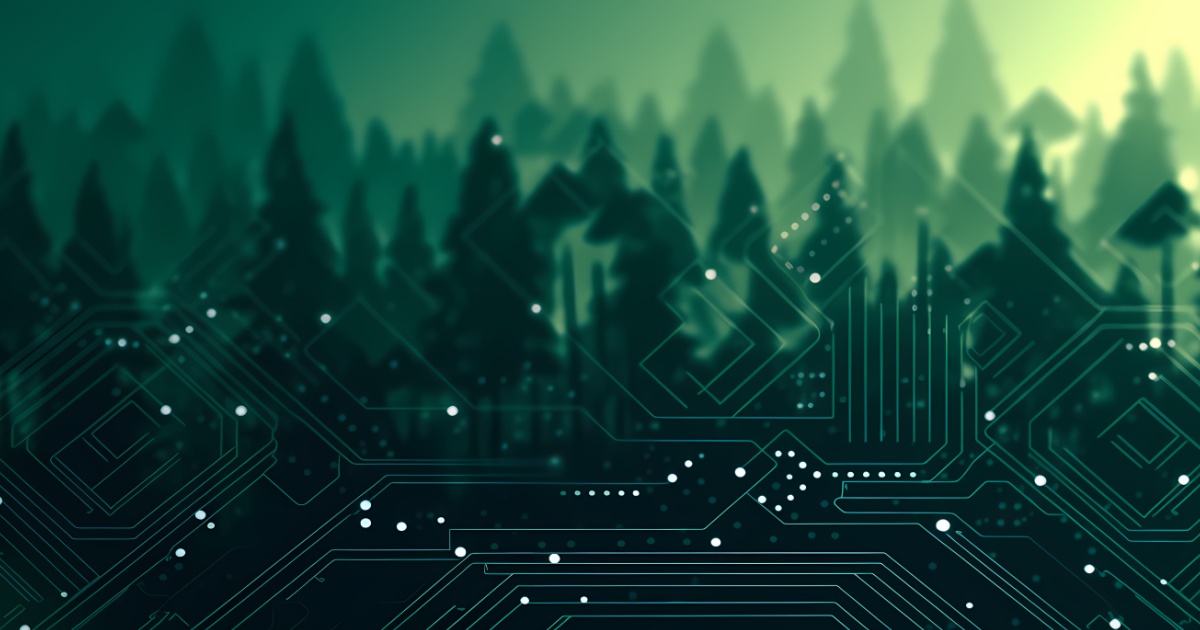
The smart home revolution has been in full force for a while now. Although homeowners have fully embraced data and IoT technologies, many builders have yet to do so. The COVID-19 pandemic might turn out to be the catalyst that changes that.
The pandemic has disrupted countless industries, and construction is no exception. In the face of new challenges and limitations, the sector may have no other choice than to embrace technology. Home construction is getting smarter because it has to if it hopes to work in the post-COVID world.
In the wake of the pandemic, home construction will change to both recover and meet changing needs. Here are a few ways that new technology will help this industry move forward.
Recovering From COVID-19 Losses
Like many other industries, home construction has suffered considerable losses as a result of the pandemic. Nearly 40 percent of construction firms have had to lay off employees because of COVID-related cutbacks. The industry will have to use technology to recover from these tremendous losses.
Home construction companies need to make money fast to recover, and new restrictions may make that challenging. Social distancing regulations prevent firms from using as many employees, so they'll need technology to fill in the gaps. Tools like AI design programs can speed up some processes, helping businesses complete projects in time.
AI technologies can use big data to create or edit designs and blueprints. Since automated systems are typically far faster at data-heavy work like this than humans, they can make this process much less time-consuming. That gives builders more time to put these plans into action, helping account for their limited workforce.
Moving Faster and More Affordably
Recovering from losses isn't the only reason why the construction industry will have to adapt. Many homeowners have also felt economic pressure under the pandemic. Some are worried about a potential housing crisis on the horizon. Demand for more affordable housing will rise, so builders need to work faster and cheaper.
One of the most promising trends in this area is prefabrication. Prefab involves manufacturing parts of a house at a factory or other site before putting them together at the final location. As more companies turn to prefab, they can collect and analyze data from the process that will help them refine it.
Predictive analytics could highlight new and improved approaches to prefab, making it even more efficient. With enough data, the entire planning process could use some amount of automation. Since construction often goes over budget and schedule, these technological improvements are a necessity.
Becoming More Resilient
Home construction companies will have to adopt new technology to become a more flexible and resilient industry. Digital collaboration tools like videoconferencing software can help workers communicate and plan when they need to remain separate. These will also help the industry become more collaborative, helping foster new ideas in preparation for the future.
Part of preparing for the post-COVID, recession-struck world is ensuring that companies avoid any unforeseen costs. Digital twins, virtual replicas of buildings that update in real-time, can help prevent any mistakes or problems in construction. These tools can save thousands of dollars in repair costs, helping both builders and homeowners.
Digital twins can also help real estate agents sell homes before they're even complete. These virtual models can give potential buyers a view of the house so they can buy it sooner. Technology as a whole is creating expectations for on-demand service, and digital twins help construction adapt to this trend.
Improving Worker Safety
The pandemic has brought worker health and safety into the limelight. Now that the industry is more aware of how suddenly employees' health can be at stake, they'll likely take steps toward improved safety. Technology provides a solution to this issue, too.
Wearables like connected hardhats or smartwatches can monitor things like workers' heart rate and body temperature. If they sense that an employee is becoming too tired, they can warn them to take a break before they overexert themselves. Data from these devices can also give managers info on how often workers need to rest given different circumstances.
Drones are seeing more use on construction sites, and these can improve worker safety too. These pilotless vehicles can survey areas for potential risks before employees enter or inspect parts of a building that would be dangerous. As technology improves, more robots could do work on construction sites, taking over the riskiest tasks.
Pursuing Sustainability
As environmental crises become more extreme, sustainability becomes a more critical consideration for construction. Consumers will want environmentally-friendly homes from sustainable construction processes. Since the industry accounts for 39 percent of global CO2 emissions, there's significant room for improvement.
Big data analytics and AI in the planning stages can have a considerable impact on construction's environmental footprint. Since they shorten the overall building process, they lead to lower emissions and energy consumption per project. Construction crews can also use big data to find new areas where they can reduce their ecological impact.
As sustainability becomes more important to homeowners, companies could build eco-friendly technologies into houses. Things like solar roof tiles would allow construction companies to provide sustainable housing without homeowners having to install these systems themselves. Built-in smart thermostats and the like would also help offer eco-friendly options from the start.
The Future of Construction Is Data-Driven
Technology like IoT devices and data analytics have experienced something of a heyday as the pandemic has disrupted daily life. Industries and companies that had already adopted these technologies were able to succeed, and those that hadn't now see their value. Home construction has historically been timid about new tech, but now it might see a technological revolution.
Home construction companies are adapting In the face of new challenges and a changing market. These technologies provide a way forward, helping the industry succeed, as well as help customers with their needs. If there's any upside to COVID-19, it's that the home construction industry is preparing to move into a safer, more reliable future.
Edited by
Ken Briodagh





